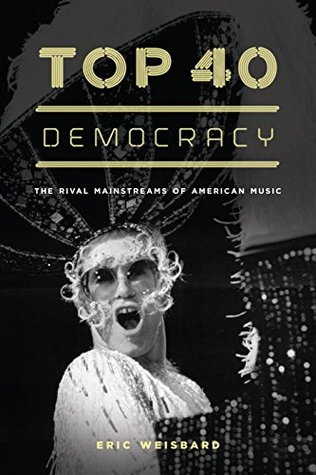Kindle Notes & Highlights
Read between
September 19 - September 29, 2024
From a US record-selling vantage, Spanish-language music occupied three categories: tropical (salsa and related beats), regional Mexican, and global pop-rock, each with further subcategories.
The US Latino youth demographic, 25 million under age thirty, its buying power said to grow twice as fast as consumers as a whole since 1990, remained fragmented: 42 percent under eighteen preferred English, 28 percent were bilingual, and 30 percent spoke Spanish.
The overall boom in Spanish broadcasting only continued, a new idiom of Top 40 democracy’s interweaving of genre, format, and group identity.
As the first decade of the 2000s came to a close,
Top 40
was bidding to become the last format standing.
“More and more I’m seeing the iPod generation cross format lines and fuse things together.”
SiriusXM
the most popular music offerings remained the likes of “Top 20 on 20” and “Hits 1.”
On radio, the mash-up was represented by the Jack format,
Had palates become broader, or was Top 40 simply as much of a force as ever in keeping them that way?
analysis by both industry observers and outside scholars challenges assumptions that deregulated chains shut out worthier material.
the paradox of Top 40 democracy in a nutshell: a song that confirmed the worst fears of elite tastemakers, including some at the record label, proved dramatically successful with actual listeners.42 After all,
another consequential Top 40 trend: multiracial collectivities and/or multiracial performers.
Is the core issue the deplorable existence of racially separate music categories, such as R&B, country, and rock (Karl Hagstrom Miller called his study of the subject Segregating Sound47) or the laudable success of popular music in creating enduring spaces for different populations to express themselves with the confidence of insiders?
the “placelessness” of Top 40, to use Jon Caramanica’s word, its endless retweaking of identity categories that some preferred to see remain stable, music did not just sell out communal impulses; it subsidized new publics, or at least glimpses of social relationships still being cemented.
They did their most democratic work simply by prioritizing, or making space for within an eclectic mix,


